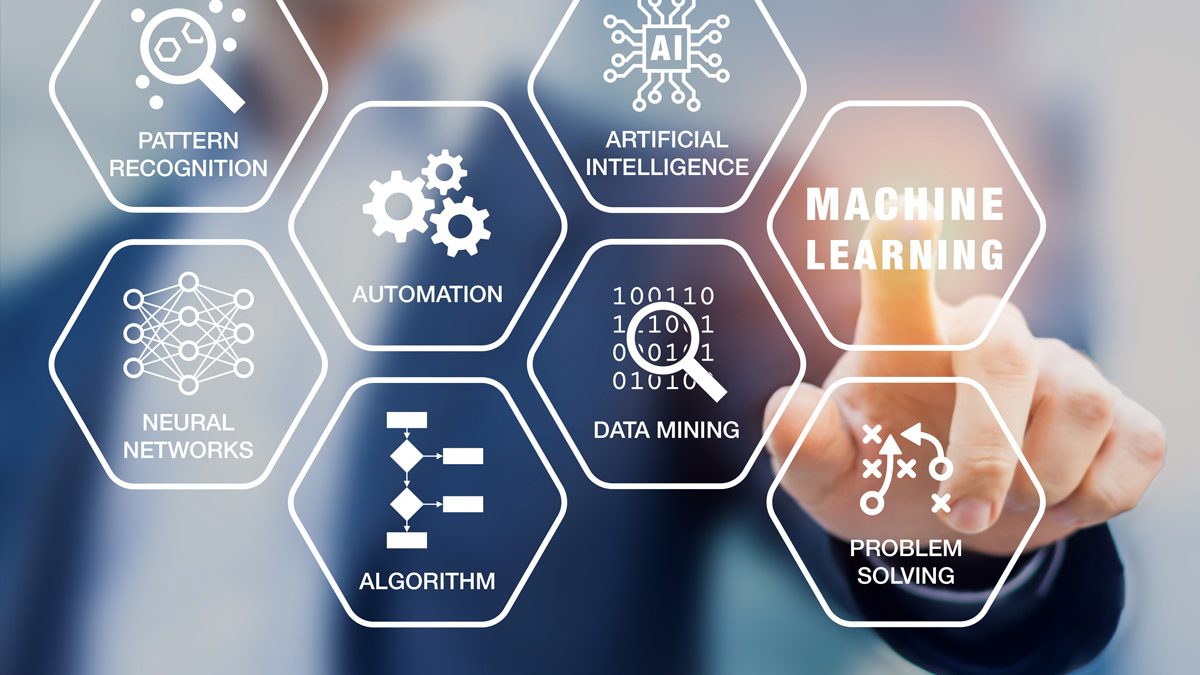Machine Learning: The Definitive Guide
Introduction to Machine Learning
Machine learning (ML) has rapidly evolved from a niche area of computer science into a central pillar of modern technology. As a branch of artificial intelligence (AI), it focuses on developing algorithms that enable computers to learn from and make predictions based on data. The profound implications of machine learning can be seen across various industries, from healthcare and finance to entertainment and retail. This comprehensive guide delves into the intricacies of machine learning, its fundamental concepts, and its transformative impact.
Understanding the Basics
What is Machine Learning?
At its core, machine learning involves training a model on data to make accurate predictions or decisions without being explicitly programmed to perform specific tasks. This process relies heavily on algorithms that iteratively learn from data, identifying patterns and making data-driven decisions.
Types of Machine Learning
There are three primary types of machine learning:
- Supervised Learning: This type involves training a model on a labeled dataset, which means that each training example is paired with an output label. Common applications include spam detection, sentiment analysis, and image recognition.
- Unsupervised Learning: In this approach, the model is trained on an unlabeled dataset, and it must identify patterns and relationships within the data. Common techniques include clustering and association.
- Reinforcement Learning: This type focuses on training models through a system of rewards and penalties. The model learns to achieve a goal by taking actions in an environment to maximize cumulative rewards.
Key Algorithms in Machine Learning
Linear Regression
Linear regression is a fundamental algorithm used for predictive analysis. It models the relationship between a dependent variable and one or more independent variables using a linear equation. This method is widely used in forecasting and determining relationships between variables.
Decision Trees
Decision trees are versatile algorithms used for classification and regression tasks. They work by splitting the data into subsets based on the value of input features, creating a tree-like structure of decisions. This algorithm is highly interpretable and effective for various applications.
Support Vector Machines (SVM)
Support Vector Machines are powerful algorithms used for classification and regression tasks. They work by finding the hyperplane that best separates the data into different classes. SVMs are particularly effective in high-dimensional spaces and are used in text classification, image recognition, and bioinformatics.
Neural Networks
Neural networks are the backbone of deep learning, a subfield of machine learning. These algorithms are inspired by the human brain and consist of interconnected nodes (neurons) that process data in layers. Neural networks are used in various applications, including image and speech recognition, natural language processing, and autonomous systems.
Applications of Machine Learning
Healthcare
Machine learning has revolutionized healthcare by enabling predictive analytics, personalized medicine, and improved diagnostic tools. Algorithms can analyze medical images, predict disease outbreaks, and assist in drug discovery.
Finance
In the financial sector, machine learning is used for fraud detection, algorithmic trading, and risk management. Predictive models help institutions make data-driven investment decisions and detect anomalies in transactions.
Retail
Retailers leverage machine learning for customer segmentation, inventory management, and personalized marketing. By analyzing customer behavior, businesses can tailor their offerings and improve customer satisfaction.
Entertainment
Streaming services use machine learning to recommend content based on user preferences. Algorithms analyze viewing patterns to suggest movies and TV shows, enhancing the user experience.
Challenges in Machine Learning
Data Quality
The success of machine learning models depends heavily on the quality of the data used for training. Inaccurate, incomplete, or biased data can lead to poor model performance and incorrect predictions.
Interpretability
As machine learning models become more complex, particularly in deep learning, interpreting their decisions becomes challenging. Ensuring that models are transparent and explainable is crucial, especially in sensitive applications like healthcare and finance.
Scalability
Scaling machine learning models to handle large datasets and high-dimensional data requires significant computational resources. Developing efficient algorithms and leveraging distributed computing are essential for scalability.
Future Trends in Machine Learning
Automated Machine Learning (AutoML)
AutoML aims to automate the end-to-end process of applying machine learning, making it accessible to non-experts. It involves automating tasks such as data preprocessing, feature engineering, and model selection, accelerating the development of machine learning solutions.
Edge Computing
With the rise of IoT devices, there is a growing need to perform machine learning tasks on壯陽藥
edge devices rather than in centralized data centers. Edge computing reduces latency and bandwidth usage, enabling real-time analytics and decision-making.
Ethics and Fairness
As machine learning models influence more aspects of daily life, ensuring ethical use and fairness is paramount. Researchers are developing techniques to mitigate bias and ensure that models do not perpetuate discrimination.
Conclusion
Machine learning is a transformative technology with the potential to reshape industries and improve the quality of life. Understanding its fundamental concepts, key algorithms, and applications is essential for harnessing its power. As the field continues to evolve, staying informed about emerging trends and challenges will be crucial for leveraging machine learning to its fullest potential.


